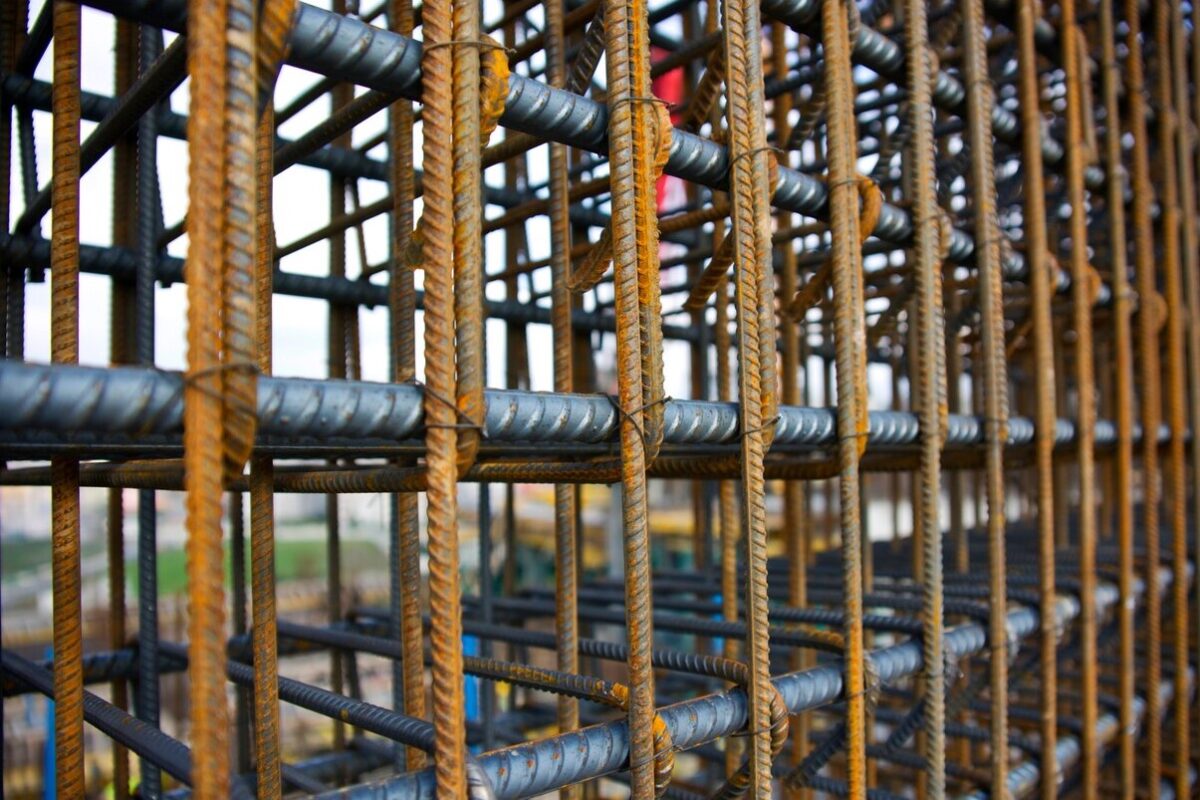In the dynamic realm of construction, ensuring the stability and safety of excavation projects stands as a pivotal cornerstone of every successful endeavor. Excavation sloping and benching represent two paramount techniques that lay the groundwork for a secure and resilient foundation, preventing soil collapse and fortifying the structure’s integrity. This comprehensive guide aims to unravel the intricacies of excavation sloping and benching, shedding light on their crucial roles in modern construction practices, while emphasizing their significance in fostering a secure and compliant construction landscape.

Understanding the Essence of Excavation Sloping and Benching
Excavation sloping and benching techniques epitomize the meticulous craftsmanship required to establish a robust foundation for any construction project. Sloping entails the creation of inclined surfaces within the excavation site, effectively preventing soil instability and ensuring the safety of workers and the surrounding environment. On the other hand, benching involves the construction of horizontal steps or levels along the excavation walls, providing additional support and safeguarding the overall structural stability. Together, these techniques form the bedrock of secure and resilient construction practices, laying the groundwork for a successful and sustainable project outcome.
Key Factors Influencing Excavation Sloping and Benching Strategies
Several key factors significantly influence the implementation and execution of effective excavation sloping and benching strategies. Understanding these factors is pivotal in customizing the most optimal and tailored approaches to cater to the unique demands of each construction project. Soil composition, moisture content, and the angle of the excavation site play a crucial role in dictating the design and implementation of appropriate sloping and benching strategies. Additionally, considering the proximity of existing structures and utilities is imperative to prevent any potential risks or disruptions during the excavation process.
do you have a question! Contact us immediately at (832) 720-0670
Adherence to Stringent Regulatory Standards
Adhering to stringent regulatory benchmarks is paramount in the construction industry, particularly concerning excavation projects. Regulatory authorities have established comprehensive guidelines and standards to ensure the safety and security of workers and the environment during excavation activities. By meticulously complying with these standards, construction companies demonstrate their unwavering commitment to ethical practices and responsible construction methodologies. Upholding regulatory requirements not only mitigates potential legal complexities but also fosters a culture of safety and compliance within the construction sector, underlining the critical importance of prioritizing the well-being of all stakeholders involved.
Best Practices for Implementing Excavation Sloping and Benching Techniques
Implementing industry best practices is instrumental in the successful execution of excavation sloping and benching techniques. Conducting thorough site evaluations before initiating the excavation process represents a fundamental best practice, enabling a comprehensive assessment of soil stability, potential risks, and optimal sloping and benching requirements. Regular inspections and maintenance of the sloping and benching structures further ensure their long-term effectiveness and sustainability throughout the project’s lifecycle. By incorporating these best practices, construction companies can foster a culture of safety and excellence, prioritizing the well-being of their workforce and the integrity of the construction site.
Strategic Risk Mitigation Approaches
The inherently dynamic nature of the construction industry exposes projects to various risks, and excavation endeavors are no exception. Implementing strategic risk mitigation approaches is instrumental in minimizing potential hazards and ensuring a secure working environment. Deploying support systems such as shoring, shielding, or customized sloping techniques tailored to the specific attributes of the excavation site serves as a proactive measure to prevent soil collapse and structural instability. Furthermore, providing comprehensive training to the workforce on safety protocols and emergency response techniques plays a pivotal role in minimizing the likelihood of accidents and ensuring swift and effective responses to unforeseen circumstances.
The Crucial Role of Routine Inspections
Regular inspections play a critical role in identifying potential vulnerabilities or weaknesses in the sloping and benching structures. By conducting periodic assessments, construction supervisors can promptly detect signs of structural deterioration, enabling timely remedial measures. These routine inspections not only contribute to the longevity of the excavation project but also cultivate a safety-conscious culture within the workforce, emphasizing the value of vigilance and diligence in maintaining a secure construction environment.
Illustrative Case Studies Showcasing Successful Implementation
Examining illustrative case studies that highlight successful implementations of excavation sloping and benching techniques provides valuable insights into effective strategies and their profound impact on the overall outcome of construction projects. These case studies exemplify the significance of meticulous planning, diligent execution, and adherence to regulatory standards. Whether in the context of large-scale infrastructure development or intricate residential constructions, these success stories underscore the pivotal role of effective excavation sloping and benching in ensuring the stability and safety of construction projects, emphasizing the critical significance of incorporating comprehensive safety measures within the construction industry.
Harnessing Innovative Technologies for Enhanced Excavation Practices
The rapid evolution of technology has revolutionized the construction industry, paving the way for innovative solutions in excavation sloping and benching. Cutting-edge technologies such as advanced 3D modeling, real-time monitoring systems, and remote sensing tools have streamlined the implementation of excavation techniques, enhancing precision and efficiency. Leveraging these technologies empowers construction companies to optimize the design and execution of excavation sloping and benching, ensuring a secure and stable construction site while maximizing project productivity and safety.









